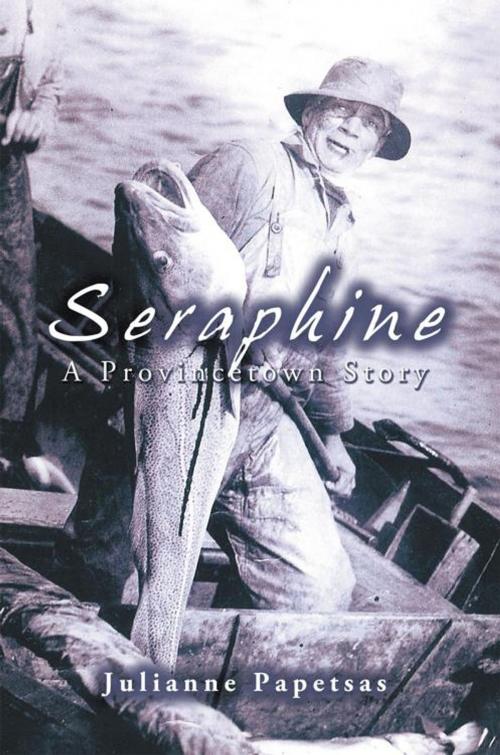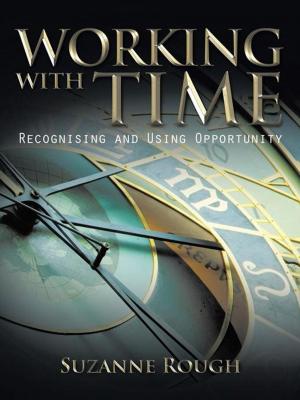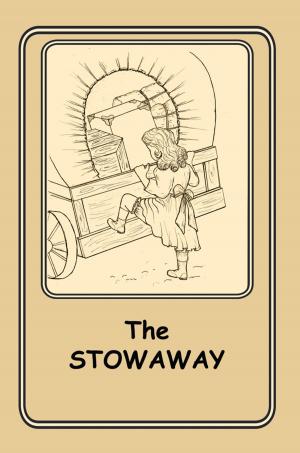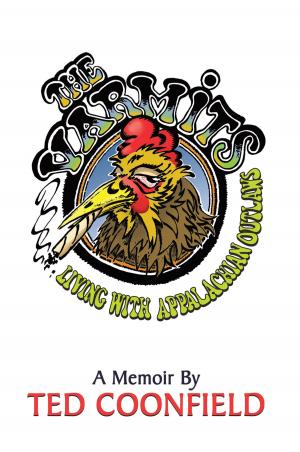| Author: | Julianne Papetsas | ISBN: | 9781468500318 |
| Publisher: | AuthorHouse | Publication: | November 16, 2011 |
| Imprint: | AuthorHouse | Language: | English |
| Author: | Julianne Papetsas |
| ISBN: | 9781468500318 |
| Publisher: | AuthorHouse |
| Publication: | November 16, 2011 |
| Imprint: | AuthorHouse |
| Language: | English |
Seraphine is an ordinary Portuguese fisherman who finds himself a part of many extraordinary events. He and his family live in The Town at the End of the World where they experience the modest life of a seafaring family. But the idyllic simplicity of Depression-era Provincetown is shaken by the Second World War and the transition of the quiet fishing village to a bustling resort town. As Seraphine struggles with his sense of belonging in an ever-changing town, he experiences inexplicable events and fulfills heroic feats that prove nothing less than the strength of the human spirit. Seraphine is a novel that explores and condenses Provincetown history and lore into the framework of one family and their evolving life in the early part of the 20th century. It is full of playful humor, biblical allusion, local color, and immigrant sagas. Best yet, it is illustrated by the author with twenty-five black and white charcoal drawings that further capture the nostalgia of the tale.
Seraphine is an ordinary Portuguese fisherman who finds himself a part of many extraordinary events. He and his family live in The Town at the End of the World where they experience the modest life of a seafaring family. But the idyllic simplicity of Depression-era Provincetown is shaken by the Second World War and the transition of the quiet fishing village to a bustling resort town. As Seraphine struggles with his sense of belonging in an ever-changing town, he experiences inexplicable events and fulfills heroic feats that prove nothing less than the strength of the human spirit. Seraphine is a novel that explores and condenses Provincetown history and lore into the framework of one family and their evolving life in the early part of the 20th century. It is full of playful humor, biblical allusion, local color, and immigrant sagas. Best yet, it is illustrated by the author with twenty-five black and white charcoal drawings that further capture the nostalgia of the tale.















